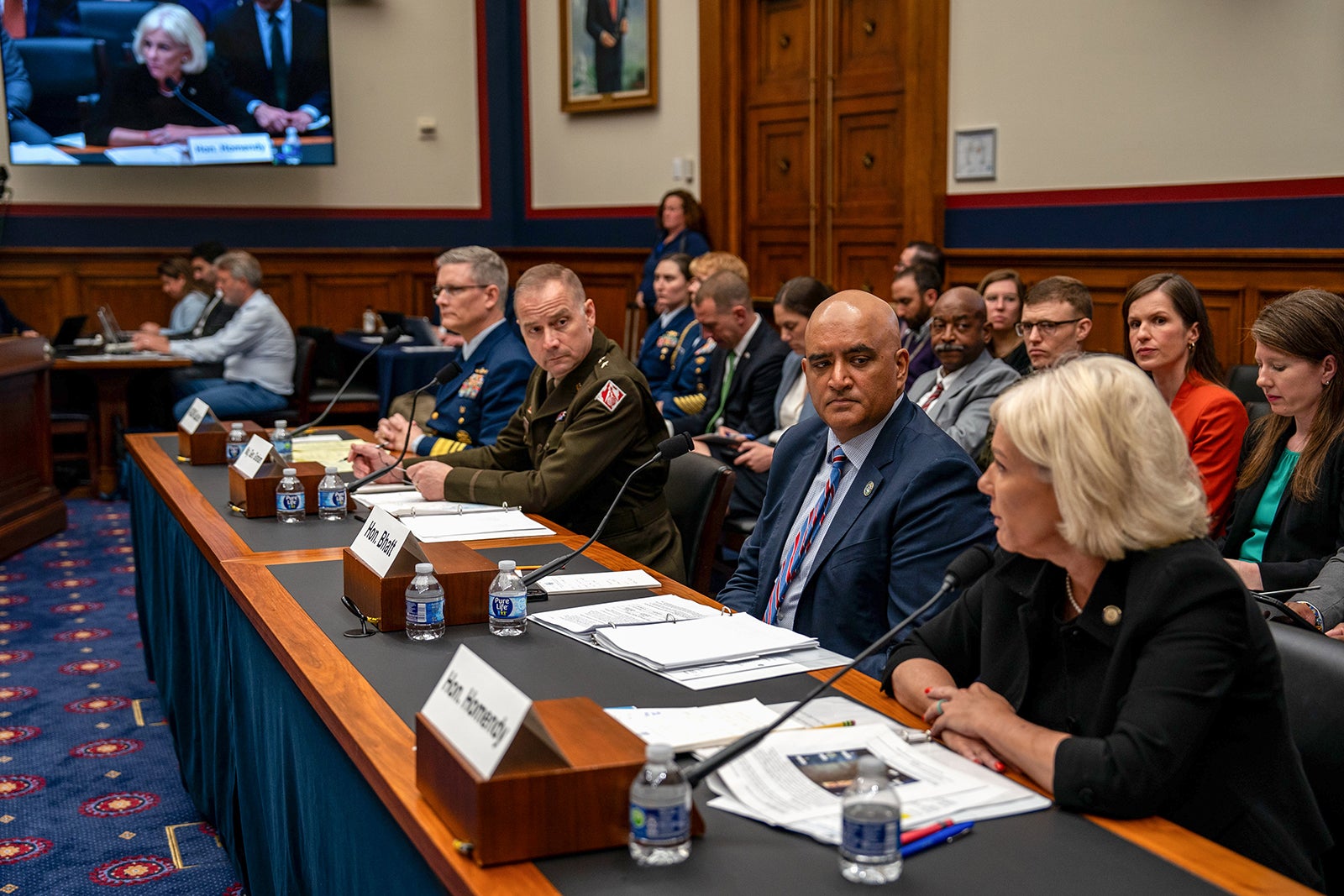President Joe Biden signed the 2024 FAA Reauthorization Act into law on Thursday. The law provides funding for the Federal Aviation Administration for the next five years and addresses various aspects of air travel related to consumer protections, investments in air traffic control staffing and much more.
Notably, the act also expands funds for another agency: the National Transportation Safety Board. This is the independent federal body tasked with investigating major accidents involving all forms of transportation and making recommendations based on the findings.
Want more aviation news? Sign up for TPG’s free biweekly Aviation newsletter.
The legislation allocates $738 million to the NTSB through fiscal year 2028, along with the $105 billion in funding for the FAA.
Beyond funding, however, the reauthorization act implements numerous reforms and practices that the NTSB has pushed for, in some cases for years. While the NTSB has the authority to investigate incidents, the recommendations it issues are not binding.
Most prominently, the act requires airlines to outfit all new and existing aircraft with cockpit voice recorders that can save 25 hours of audio before overwriting existing recordings. Airlines are currently required to carry CVRs that record just two hours of audio.
In theory, the two-hour requirement was meant to ensure that the final events leading up to an accident were recorded and preserved for investigators.
In practice, however, when an accident occurs but the pilots are able to land safely, the time it takes to land and fully shut the plane down — thus deactivating the recorder — has meant that the relevant recordings are often gone by the time investigators begin to examine the plane. Recordings from 14 incidents that the NTSB has investigated since 2018 were missing because they had been overwritten, the agency said.
The NTSB first recommended that the FAA extend the minimum recording time in 2017; this came after a close call in which Air Canada flight 759 was within just a few seconds of inadvertently landing on a taxiway at San Francisco International Airport (SFO) rather than the runway. Four other aircraft were on the taxiway at the time and would have been in the path of the Air Canada flight. By the time the episode was reported and an investigation was launched, the CVR had been overwritten.
Daily Newsletter
Reward your inbox with the TPG Daily newsletter
Join over 700,000 readers for breaking news, in-depth guides and exclusive deals from TPG’s experts
Related: Boeing safety culture in the spotlight at dual Senate hearings amid whistleblower report
The legislation also enacts several other NTSB recommendations. One such rule would require planes that fly over oceans to have equipment that can broadcast CVR and flight data recorder data remotely in the event of an accident and broadcast the location of the wreckage. That requirement follows recommendations that the NTSB issued following the loss of Malaysian Airlines Flight 370 in 2014.
Additionally, the law requires the FAA to review and implement various NTSB recommendations linked to safety surrounding turbulence and others pertaining to overseeing airline operations.
“I’m deeply grateful to Congress for including the NTSB in the FAA reauthorization bill, which authorizes funding increases for our agency over the next five years — much-needed resources that will allow us to continue as the world’s preeminent safety agency for years to come,” NTSB chair Jennifer Homendy said in a statement following the bill’s passage.
“Additionally, we appreciate Congress’ safety leadership in mandating the FAA to implement many of our most critical recommendations, which, once acted upon, will further strengthen our nation’s ‘gold standard’ of aviation safety,” Homendy added.
The NTSB has been increasingly prominent over the past few years as safety in air travel has come under the spotlight. Safety concerns arose following a handful of runway incursions and other near misses in late 2022 and 2023 and then again after a door plug fell from a newly delivered Boeing 737 MAX 9 during an Alaska Airlines flight on Jan. 5 of this year. The latter caused the cabin to decompress and left a gaping hole in the side of the aircraft. No one was seriously injured in any of the incidents.
Homendy has led the investigation into the Boeing incident, which has included reviewing safety procedures and processes at Boeing; the plane-maker has become embroiled in scandals over quality control lapses and other problematic manufacturing processes. Along with holding nightly media briefings in the days following the episode, Homendy testified in front of Congress in March.
The impact of the new legislation was immediately apparent in the context of the past few years’ investigations.
According to the NTSB, the CVRs were overwritten in seven of the 2023 runway incursions, as well as on the Alaska Airlines flight this year, stymieing investigators.

